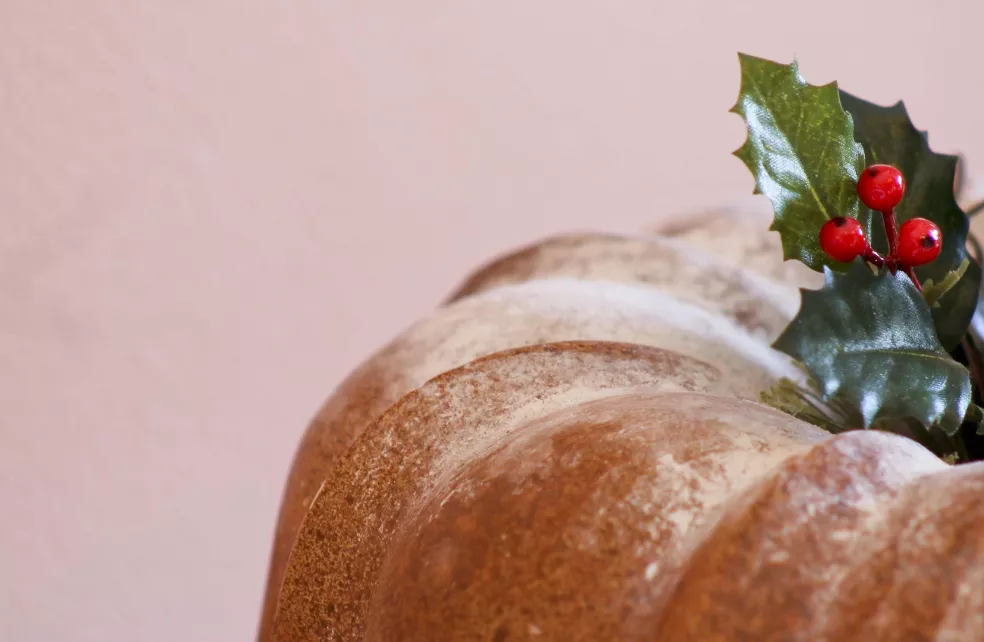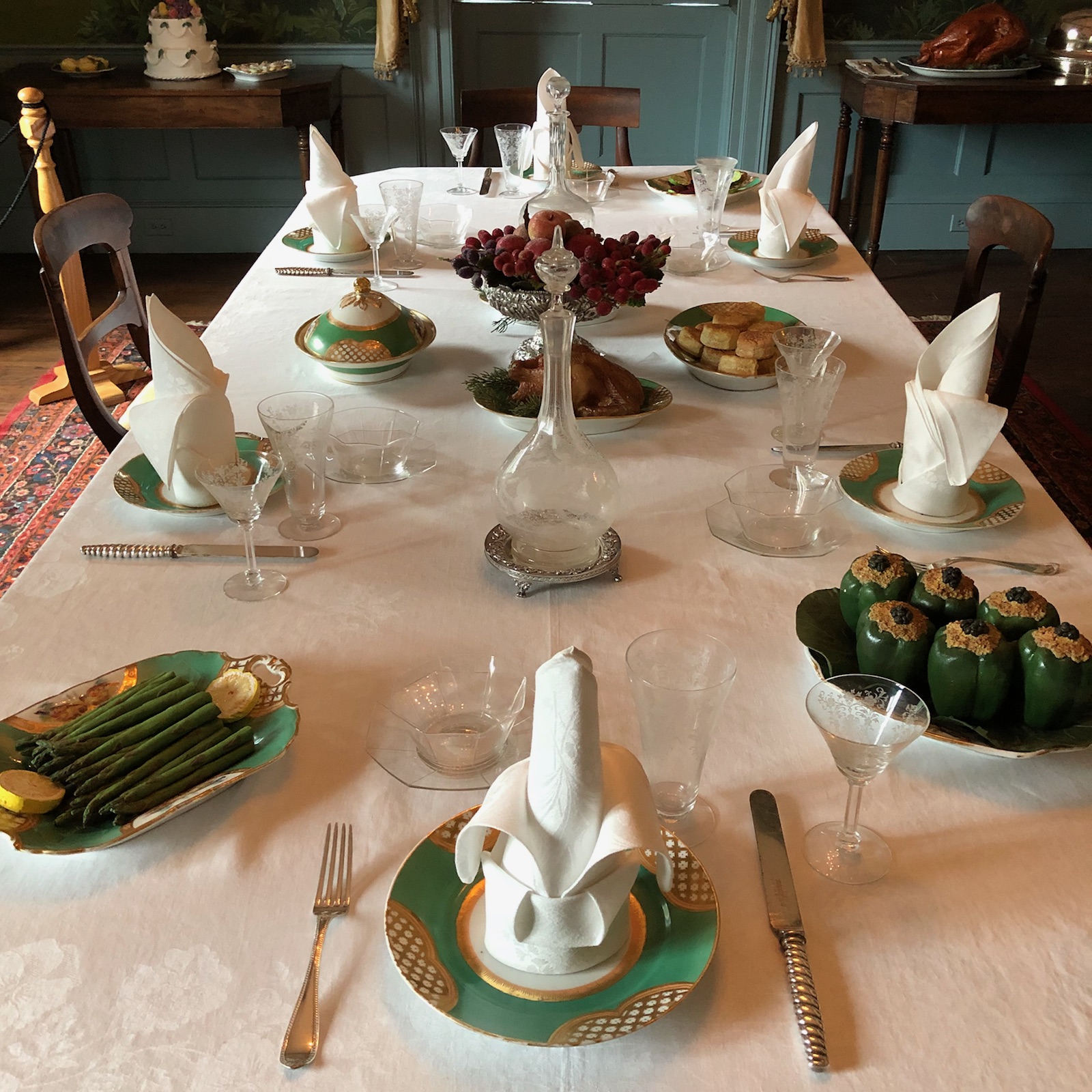A History of Feasting in South Carolina’s Backcountry
Friday, November 23rd 2018

With Thanksgiving behind us and the holidays on the horizon, late November is the time of year to celebrate family, friends, and (most importantly) good food.
Every family has traditions of their own, some stricter than others, but what did a traditional meal look like 150 years ago in South Carolina?

In the backcountry of antebellum South Carolina, dining was not just a means for eating. It was a choreographed exercise in skill and strategy, performed by enslaved individuals and their planter class owners, for the purpose of supporting the family’s social status. Several key factors go into the whole experience beyond just food. To those living in the house, the atmosphere of the meal was just as important, including architecture, furnishing and social performance.
Much of the evening depended heavily on the enslaved cooks, who were expected to serve, consistently flawless, meals almost every day of the year. So much of the family’s prestige was reliant on their chef, who was often held under severe scrutiny for any mistake made.
Under equal judgement was the estate at which the meal would take place. An example of what was considered an impressive layout is the Seibels House and its circa-1830 kitchen flanker. The building, although separate from the house, was placed in a way that made it central to the structure’s role in providing meals, but also kept the enslaved workers at a distance. The Seibels House is one of the few standing examples of this widespread phenomenon.
According to historian Elisabeth Donaghy Garrett, important dining pieces within a noteworthy estate often included a china closet, mirrors, portraits, lamps, fireplace equipment, a clock and, most importantly, a sideboard for food, silver, decanters and liquor. Fabric such as tablecloths and rugs also accentuated the room’s elaborate furnishings.
After all of the preparation and decoration, the true litmus test for social refinement was in the manners of the host and guests. In many written accounts of these dinners, international guests would almost always make comments, both good and bad, on the behavior of the host family, sometimes down to the arrangement of the table or the number of pies served.
This article was originally written for the Columbia Star newspaper.
Learn More
Take a closer look at these holiday dining traditions at our Holiday House Tours, open now through Dec. 30, and at the next Research Roundtable on Tuesday, Nov. 27 from noon – 1 p.m.